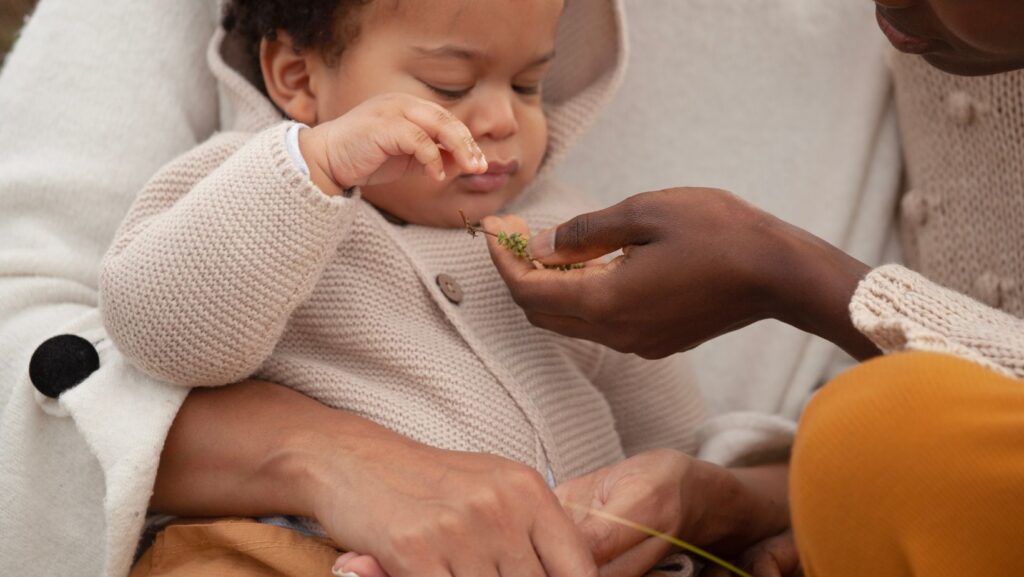If you’ve ever tried to leave the house, drop your child off somewhere, or shift from one part of the day to the next — only to have your child suddenly cling to you like Velcro — you’re not alone. Many parents notice clinginess during transitions, even in children who are usually confident and independent. It can happen during morning routines, bedtime, leaving a playdate, or when arriving at child care Menai — and while it feels sudden, it’s rarely random.
Clinginess during transitions is actually a completely normal part of childhood. It’s a sign of emotional development, not a lack of resilience. Children feel safest when they understand what’s happening around them, and transitions interrupt that sense of predictability. When something shifts, their instinct is to move closer to their secure person — usually you.
Here’s why these moments feel so big for kids, and how you can help them move through transitions with less stress.
Children Rely on Predictability to Feel Safe
Adults understand schedules, time, and routine. Children don’t. Their sense of stability comes from knowing what to expect next. Transitions — even small ones — take them from something familiar into something unknown.
Common transitions that trigger clinginess include:
- Leaving home
- Moving from playtime to mealtime
- Starting or ending the day
- Entering new environments
- Saying goodbye to a caregiver
Their clinginess isn’t manipulation. It’s their way of saying, “I’m not sure what’s happening next. Stay close.”
Emotional Tanks Run Low at Transition Times
Kids burn a surprising amount of emotional energy throughout the day. Social interactions, new experiences, boundaries, and sensory input all drain that emotional “tank.” By the time transitions roll around, they’re often low on coping skills.
This can look like:
- Sudden tears
- Refusal to let go of you
- Asking for help with things they normally do independently
- Wanting to be held more than usual
Their brain is simply asking for comfort.
Transitions Highlight Their Need for Connection
Young children regulate their emotions through connection. You’re their “safe base.” When something changes, they instinctively return to you for reassurance before moving forward again.
This is why you might see:
- Clinginess during morning drop-offs
- Extra cuddles needed before bedtime
- Stalling when shifting activities
- Needing you physically close during unfamiliar moments
It’s not a setback — it’s how kids build emotional strength.
Kids Can’t Always Predict What a Transition Will Feel Like
Even small transitions involve a lot of sensory and emotional processing. Moving from noisy to quiet environments, from indoors to outdoors, or from play to rest is a big shift for a young nervous system.
Their clinginess often means:
- They need time to adjust
- The change feels overwhelming
- They’re unsure about what comes next
Children thrive when transitions are slow, warm, and predictable.
Big Feelings Build Up at the End of the Day
Afternoons and evenings can be the hardest transitions of all. Kids have spent the whole day managing emotions, learning new information, dealing with noise, and interacting with others. By the time they get home, even tiny changes can feel like too much.
This is why the classic “after-childcare meltdown” happens. It’s not about the day being bad — it’s about being safe enough to let emotions spill out.
Separation Anxiety Comes and Goes Naturally
Separation anxiety isn’t a one-time phase. It can come and go at different ages, often resurfacing during:
- Developmental leaps
- Growth spurts
- Sleep disruptions
- Life changes
- New environments
During these times, transitions feel even bigger. Clinginess is a sign your child needs a bit more connection, not that they’re regressing.
How to Support Your Child Through Transitions
You can make transitions calmer and less overwhelming with a few simple strategies.
1. Prepare Them Before the Change
Kids cope better when they know what’s coming.
Use short, clear explanations like:
- “In two minutes, we’re going to pack up the toys.”
- “After breakfast, we’ll get dressed and go.”
2. Slow Down the Transition
A rushed transition feels more stressful.
Try:
- Allowing a few extra minutes
- Offering a comforting touch
- Giving them time to shift gears mentally
3. Create Predictable Routines
When transitions follow a similar pattern each day, kids feel safer.

Consistent routines reduce anxiety more than anything else.
4. Offer Connection Before You Separate
A quick “connection moment” can make a huge difference.
Ideas include:
- A special handshake
- A short cuddle
- A phrase you always say (“See you soon, my love”)
5. Stay Calm and Warm
Your energy sets the tone. When transitions feel gentle, kids respond with more confidence.
6. Praise Their Independence
Even if they were clingy at first, notice their bravery when they separate.
This builds long-term confidence.
Clinginess During Transitions Is a Sign of Trust
Kids become clingy during transitions not because they’re “being difficult,” but because they rely on you as their emotional anchor. It takes time, repetition, and reassurance for children to feel comfortable moving between parts of the day. Clinginess isn’t something to fix — it’s something to support.
With patience, gentle routines, and plenty of connection, transitions become easier. And over time, your child learns that even when things change, they’re safe — and you’re still there.

